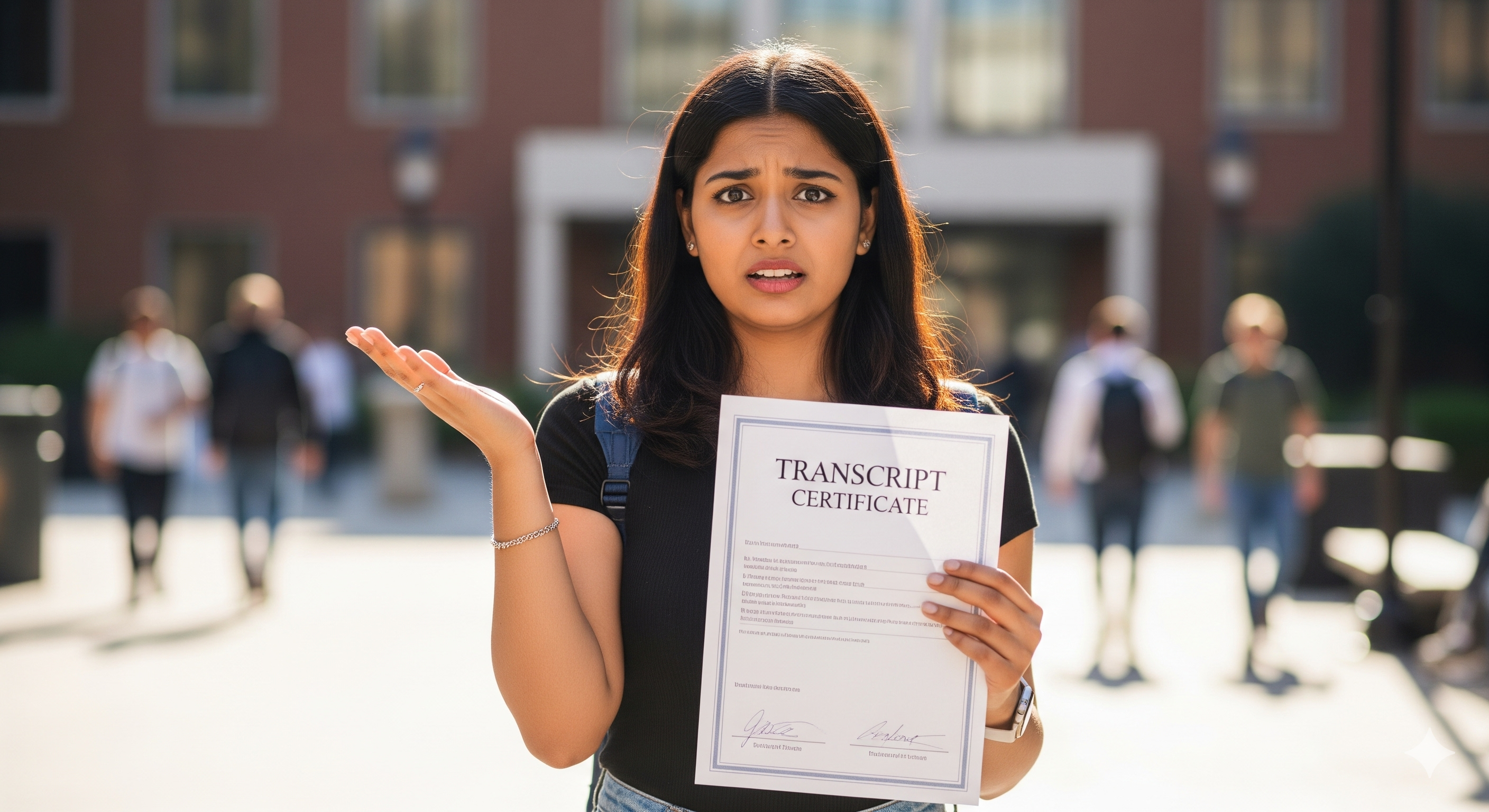When applying for higher education, scholarships, jobs, or even visas, one vital document that students and professionals frequently need is a Transcript Certificate. But what exactly is this document? Why is it so important, and how can you obtain one? This blog aims to demystify the transcript certificate, explaining its purpose, contents, uses, and step-by-step guidance on how to get it.
What is a Transcript Certificate?
A transcript certificate is an official academic document issued by an educational institution that provides a detailed and comprehensive record of a student’s academic performance. It includes essential information about the courses or subjects studied, grades or marks obtained, duration of the course, and any academic distinctions or honors received.
Think of it as a complete academic summary, sometimes also referred to as a marksheet, marklist, or academic transcript in different countries. It helps universities and employers verify your educational background and achievements accurately and officially.
What Does a Transcript Certificate Contain?
A typical transcript certificate contains:
- The student’s full name and identification details (such as student ID or registration number)
- The name and address of the educational institution issuing the certificate
- The name of the course or program completed (e.g., Bachelor of Commerce)
- The academic years or semesters attended
- A detailed listing of all subjects or courses taken during the study period
- Marks or grades earned in each subject, including practicals, exams, or projects
- Overall cumulative grade or percentage, class rank (if applicable)
- Any special honors, awards, or distinctions achieved
- Signature and seal of the registrar or academic authority certifying the document
Because this document serves as a legal and formal record, it is generally printed on official institutional letterhead and may be sealed or stamped for authenticity.
Read More: Study Abroad: Reasons to Submit Your Applications Early
Why is a Transcript Certificate Important?
Transcript certificates are extremely important in several contexts:
- Higher Education Admission: Universities often require transcripts when you apply for further studies, especially in professional or international programs. They provide admissions committees with a clear view of your academic capabilities and progression.
- Job Applications: Employers, especially in technical or specialized fields, may request transcripts to verify your educational qualifications and grades.
- Visa and Immigration: For study or work visas, governments may require transcripts to confirm your educational background.
- Scholarships and Financial Aid: Many scholarships ask for detailed transcripts as proof of academic merit and eligibility.
- Credit Transfers: When transferring credits between institutions or countries, transcripts help institutions evaluate your previous coursework and grades.
How to Get a Transcript Certificate
Obtaining your transcript certificate typically follows a straightforward process, although it may vary slightly between institutions. Here are the common steps:
1. Identify the Authorized Office
Transcripts are usually issued by the Registrar’s Office, Academic Affairs Department, or the Examination Cell of your college or university.
2. Check the Application Process
Most institutions offer a specific application form (physical or online) for transcript requests. Look for instructions on your college’s official website or contact the administration office.
3. Prepare Documents
You might need to submit:
- A completed transcript application form
- Proof of identity (such as a student ID, passport)
- Payment receipt (if transcript issuance involves a fee)
- Previous mark sheets or certificates for verification
4. Fill the Application & Submit
Complete the application carefully, attach all necessary documents, and pay any applicable fees. Submit it as per the instructions.
5. Wait for Processing
Processing times vary, ranging from a few days to a couple of weeks. Some institutions provide express services at an extra cost.
6. Receive the Transcript
You may receive the transcript in physical sealed envelopes or digitally via secure PDF, depending on your institution’s policy.
Tips for Requesting Transcripts
- Request Early: Always apply ahead of deadlines, especially if you require transcripts for admissions or visas.
- Verify Details: Double-check names, courses, and other details before submitting your application to ensure accuracy.
- Multiple Copies: Request multiple sealed copies if you need to send transcripts to various universities or employers.
- Keep Originals Safe: Store your original transcript carefully to avoid damage.
Read More: Best Countries to Study Artificial Intelligence (AI)
Conclusion
A transcript certificate is one of the most crucial academic documents you will need throughout your educational and professional journey. It serves as the official record of your academic achievements and qualifications. Knowing how to obtain it efficiently ensures your application processes for higher education, jobs, scholarships, and visas go smoothly without last-minute hassles.
If you haven’t yet requested a transcript or need additional copies, start early and closely follow your institution’s procedures. Having your transcript certificate ready and verified can open doors to numerous opportunities worldwide.











